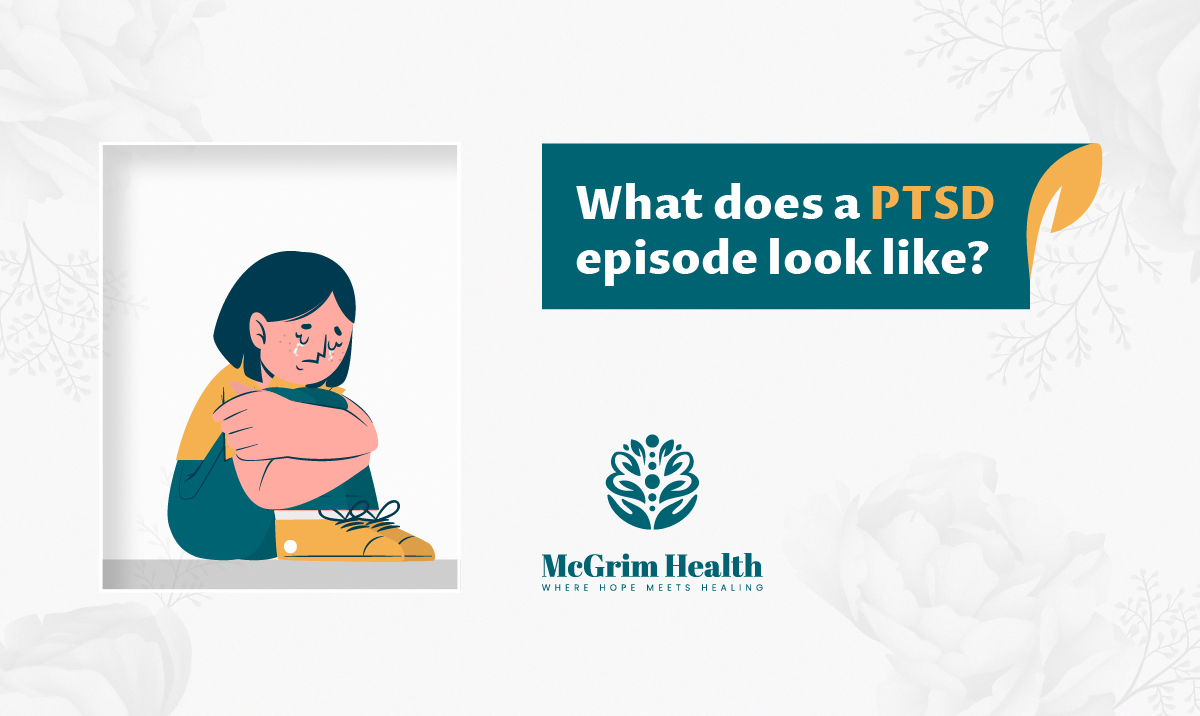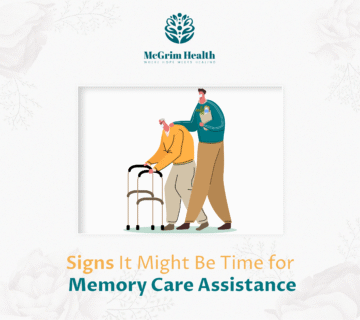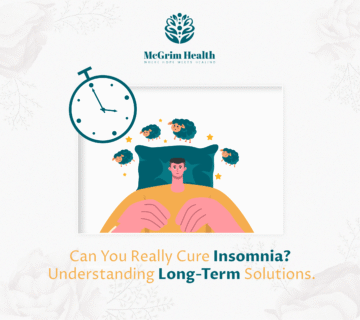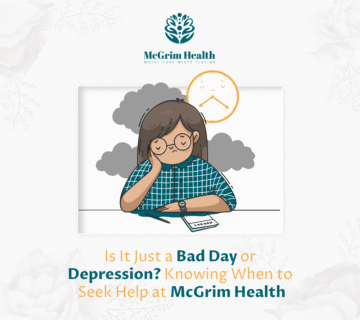To make sure that those suffering from mental illnesses receive the necessary support, it is important to understand post-traumatic stress disorder (PTSD).
Several signs might be used by someone to identify PTSD which makes it difficult for a person or loved one to recognize and deal with.
In the post below, we’ll talk about what a PTSD episode looks like, the symptoms you should watch out for and how to cope with these PTSD episodes.
What is PTSD?
Post-Traumatic Stress Disorder (PTSD) is a psychological condition that is usually triggered when a person experiences or witnesses a frightening or dangerous event. It can affect people of any age, gender and background in life.
The onset of PTSD may differ as some people will experience the symptoms immediately while others will even develop them after several years.
Early recognition of PTSD signs and symptoms is vital for effective intervention and support.
What Does a PTSD Episode Look Like?
What does a PTSD episode look like exactly?
In victims, a flashback or PTSD episode can be terrifying. During such episodes, individuals may feel like they are actually back in time both mentally as well as physically re-living the traumatizing event.
Here are some typical indicators of a PTSD episode:
1. Intrusive Memories
- Flashbacks: Vivid reliving of traumatic events.
- Nightmares: Disturbing dreams regarding trauma.
- Distressing Thoughts: Being bothered by persistent thoughts about the event.
2. Avoidance Behaviors
- Avoiding Triggers: Staying away from things or people that recall past trauma.
- Numbing: Being emotionally distant or losing interest in old hobbies.
3. Negative Changes in Thinking and Mood
- Negative Beliefs: Consistent negativity about oneself or the world.
- Guilt or Shame: Strong guilt or blame tied to the past event.
- Difficulty Remembering: Hard time remembering key parts of the trauma.
4. Hyperarousal Symptoms
- Hypervigilance: Always feeling at risk or unsafe.
- Irritability: Increased anger or annoyance.
- Sleep Disturbances: Problems falling or staying asleep
What Happens During a PTSD Episode?
When someone has a PTSD episode, it’s as though the distressing event is happening all over again. Their mind and body react strongly. In their mind, powerful memories and strong feelings might surge back.
Their body might react too with a faster heartbeat, sweat, and a state of high alert. Sometimes, they may feel disconnected from what’s happening around them or even from themselves.
Knowing these responses can really help in giving the right kind of help when episodes happen.
Coping with PTSD Episodes
PTSD attacks might be tough. But certain strategies can ease them:
1. Grounding Techniques
Tactics like controlled breathing, keeping focus on physical feel, or calming self-talk can bring back to the present during a PTSD attack.
2. Therapy
Treatments like Cognitive Behavioral Therapy (CBT) and Eye Movement Desensitization and Reprocessing (EMDR) are effective for PTSD. They assist in processing and reshaping traumatic memories.
3. Support Networks
Having a group of supporters is key. This can be friends, family, and mental health pros. PTSD-specific support groups can offer a shared bond.
4. Self-Care
Habits like exercise, being mindful, and hobbies could lower stress and boost overall health.
Reach Out for Aid
If you or someone you know shows signs of PTSD, getting professional aid is imperative. Acting early can make a big difference in results and life quality.
Take the First Step with McGrim Health
McGrim Health is committed to comprehensive mental health help and resources. Our team is ready to assist you every step of the way. Reach out to us today to find out more about our offerings and begin your healing journey.
FAQs
What does a PTSD episode look like?
A PTSD episode can include experiencing vivid flashbacks, severe anxiety, distressing memories, intense fear, irritability and startle reactions.
How do you know if you’re having a PTSD episode?
You might feel:
- Intense fear
- Have flashbacks
- Experience overwhelming anxiety and emotional distress
What does a PTSD flare up look like?
A flare-up includes:
- Anxiety
- Flashbacks
- Irritability
- Difficulty concentrating
What are the 7 symptoms of PTSD?
- Flashbacks
- Nightmares
- Severe anxiety
- Avoidance of trauma reminders
- Emotional numbness
- Hypervigilance
- Insomnia
What does a PTSD breakdown look like?
A PTSD breakdown can involve uncontrollable crying, panic attacks, severe flashbacks and feeling disconnected from reality.
Can PTSD cause panic attacks?
Yes PTSD can cause panic attacks due to anxiety and stress.
Learned helplessness is most likely to be associated with?
Learned helplessness is most closely associated with depression and anxiety disorders.
How to explain C-PTSD to someone who doesn’t have it?
C-PTSD and PTSD are alike, but the former stems from ongoing trauma. This often results in mood swings, difficulties in interacting with others, and a poor self-image.
How do I find PTSD therapy near me?
Search the internet for nearby professionals experienced in PTSD, or check out local therapist listings and mental health assistance within the community.
What is PTSD with delayed expression?
It implies that the signs surface six months or later following the traumatic incident.
What are post-traumatic stress disorder examples?
Examples include experiencing:
- War or combat
- Natural disasters
- Serious accidents
- Violence
- Abuse
- Assault





No comment